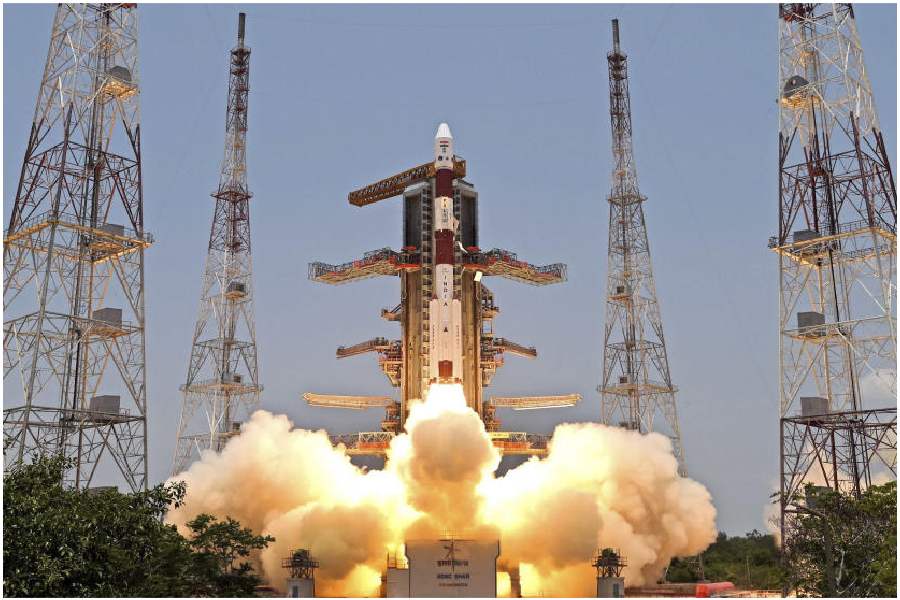India’s Aditya-L1 spacecraft on Tuesday moved out of Earth’s orbit into a trajectory across interplanetary space towards its solar observation post about 1.5 million km from Earth.
The spacecraft packed with seven scientific instruments to study the sun and the interplanetary space environment is expected to reach its destination called the Lagrangean point 1 in about 110 days, the Indian Space Research Organisation (Isro) said.
“The trans-Lagrangean point 1 insertion manoeuvre is performed successfully… (the spacecraft) will be injected into an orbit around L1 through (another) manoeuvre after about 110 days,” Isro said after the switch from orbit to trajectory at 2 am on Tuesday.
Aditya-L1 has four instruments to observe the sun, three to measure the effects of solar activity in the vicinity of the spacecraft. The instruments are designed to provide insights into solar behaviour and help generate space weather alerts triggered by solar activity.
Isro said on Monday that an instrument called the Supra Thermal and Energetic Particle Spectrometer (STEPS) aboard a payload on Aditya-L1 had begun to collect data that would help scientists measure and study the behaviour of electrons and charged atoms in space.
STEPS was activated on September 10 when Aditya-L1 was over 50,000km from the Earth. “Each unit of STEPS is operating within normal parameters,” Isro said. The STEPS measurements will persist during the cruise phase of the Aditya-L1 mission as it progresses towards the L1 point and will continue once the spacecraft is positioned in its orbit. Data from L1 is expected to provide insights into the origin and behaviour of the solar wind and other space weather phenomena, Isro said.
Only the US National Aeronautics and Space Administration and the European Space Agency have so far sent spacecraft to the L1 zone — Nasa in 1994 and 1997 and the ESA in 1995.
Isro centres in Ahmedabad, Thiruvananthapuram and Bangalore developed five of the seven scientific instruments on Aditya-L1, while two were made by the Indian Institute of Astrophysics, Bangalore, and the Inter-University Centre for Astronomy and Astrophysics, Pune.










